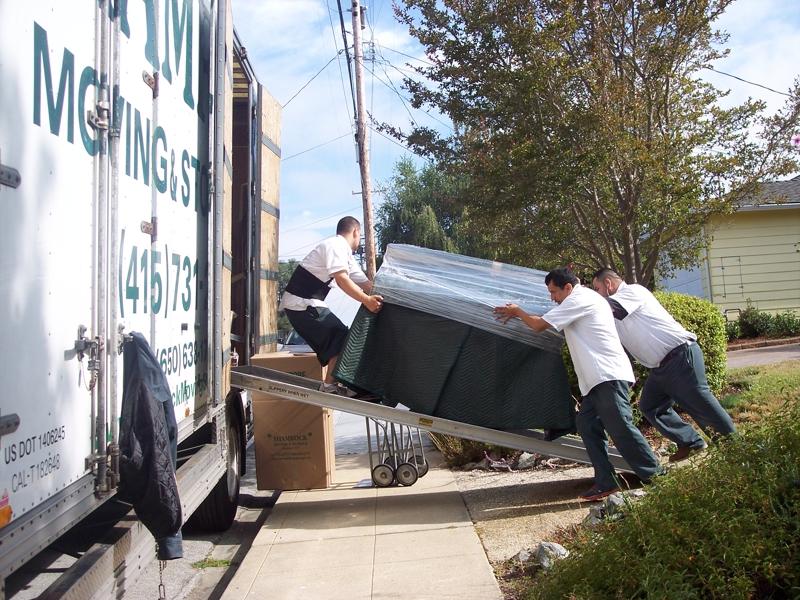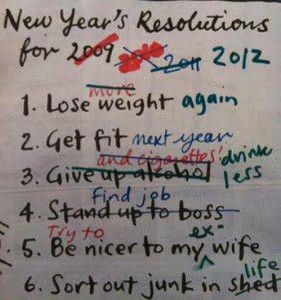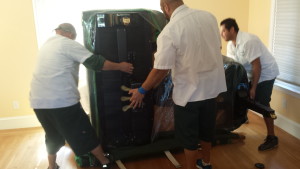 When it comes to the stuff in our homes, I believe a continuum exists between two points – keep everything and save nothing. Most people fall somewhere in between. Yes, there are extremes at both ends – those with a tendency to acquire an excessive amount and those with an equally extreme tendency to rid themselves of anything of value, sentimental or otherwise. But for most people, myself included, we all have sentimental attachments.
When it comes to the stuff in our homes, I believe a continuum exists between two points – keep everything and save nothing. Most people fall somewhere in between. Yes, there are extremes at both ends – those with a tendency to acquire an excessive amount and those with an equally extreme tendency to rid themselves of anything of value, sentimental or otherwise. But for most people, myself included, we all have sentimental attachments.
The other day I was wandering through my home and thinking about what I absolutely had to keep if I ever had to make the choice. As a professional organizer, it’s an exercise I practice regularly as a way to empathize with my clients.
It turned out the things I really felt strongly about were the items I have the most sentimental attachment to. None of it was furniture, thankfully. Mostly letters from my parents and close friends that could never be replaced. Photographs (the paper kind) from my childhood and “keepsakes” that I don’t need but that don’t take up much space either. I also have some written work that would be difficult to replace unless I took the time to scan it and for me, that’s not worth my time.
My husband has a box of important stuff related to his daughter, my step-daughter. And of course, I have a small “treasure box” of memorabilia from our life together.
The only time I know I would go through this stuff is if I were moving or downsizing. Otherwise it stays hidden, for the most part. But what does it mean not to have these things? Would it feel like my life had ended? What happens when you keep things with the intention of looking at them later and then find later is now?
Even if it comes unexpectedly, now should be when you get to re-read the letters, sort through the photos, recall the memories and maybe even tell the stories. But now is often competing with time itself. The house has to be sold. The move has to happen. The remodel is about to start. Sometimes, sadly, the owner of these things is no longer around for the task.
As an organizer, this is the most poignant part of my work; When I realize the meaning of that photo, award or stuffed animal toy only exists because of the person who imparted that meaning. When it belongs to someone else, you can impart your own meaning, but then you are left with the same dilemma: Keep it or let it go?
I find it’s useful to consider the truth of these questions when later suddenly becomes now.
- Would my life really be over if I let these things go or would I just feel that way?
- Is everything meaningful or could I pick out just the things that are most important to me?
- By keeping everything, am I placing a significant burden on my family to deal with later?
- Am I keeping everything as an excuse to avoid creating new memories?
- If this or that item should disappear would I miss it or attempt to replace it if I could?
- Would taking a picture of it allow me to let it go if I had to?
- Is there anyone who I know for certain who would want it (be careful with this one since you don’t want to obligate someone to take something they really don’t want).
- Do I really love it or am I keeping it to satisfy someone else’s (perceived) need – such as when you keep it not because you like it but because it was a gift from someone you care about.
Life is like walking through a wonderful art museum. You get to admire and spend a little time with the art work that resonates the most with you. You may even be able to take pictures or buy postcards. But at the end of the day, you don’t get to keep what you saw. You do however get to remember how you felt.







